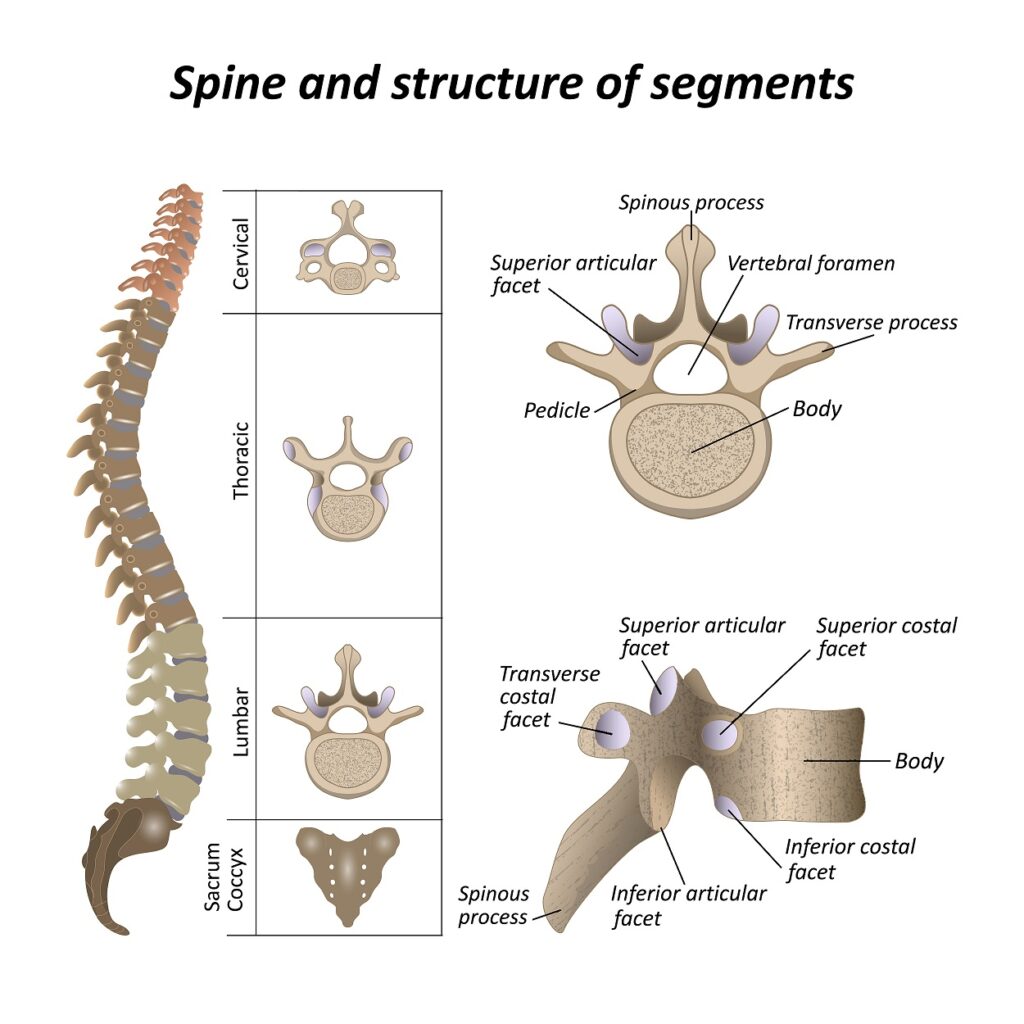When you suffer a spinal cord injury, you are likely to be unsure of what the condition will do to you in the future. You may not be able to control your pain, and it may not be possible to walk again. In addition to this, you will have to consider the secondary effects of the injury. These include pain, fatigue, difficulty concentrating, loss of balance, and difficulty in walking. The good news is that there are many treatments for these types of conditions.
Paralysis
Several different accidents can cause paralysis. Some are milder than others, however. Paralysis is a loss of sensation and movement in the body, usually due to damage to the spinal cord.
Spinal cord injuries are often the result of a traumatic event. These can include sports injuries, car crashes, and falls. It is important to seek medical help immediately after a spinal cord injury, as complications can develop.
The spinal cord is a delicate organ. It transmits sensory information from the body to the brain. When damaged, it can interfere with the brain’s ability to relay that information to the rest of the body. This can result in a loss of sensation and motor function, as well as a variety of other health problems.
Depending on the extent of the damage, paralysis can affect the entire body or only one side. It can also affect various organs and muscles.
Incomplete spinal cord injury
An incomplete spinal cord injury is a type of a spinal cord injury that occurs when the spinal cord is not completely severed. Typically, a patient with an incomplete spinal cord injury will have a variety of functional abilities above and below the injured area.
Incomplete spinal cord injuries are often associated with an increased incidence of secondary complications. While these complications can be mild, they can also lead to more serious problems. There are different types of therapy available for those with an incomplete spinal cord injury. Occupational therapy is the most commonly used and helpful, but other types can also be effective.
For individuals with an incomplete spinal cord injury, neurologic function is generally improved and there may be some recovery of sensation and motor control. However, there are many controllable factors that can affect the ability to recover lost functions.
Spinal cord injuries can be difficult to manage. Many people with these injuries have trouble adjusting to their new life and they may have issues with pain, bladder and bowel management, fatigue, and other visible disabilities.
Secondary effects
A traumatic spinal cord injury can affect your life in many ways. For example, your sensation may be disrupted, and you can also suffer from muscle spasms and pain. This is known as a secondary effect of tSCI.
The effects of tSCI can be influenced by your age and injury severity. In addition to the physical, emotional, and social implications of tSCI, it can have a negative impact on your quality of life.
Studies have shown that secondary complications of tSCI can lead to decreased function, decreased mobility, and other physical and psychological problems. As a result, it is important to understand and treat the effects of tSCI.
Many individuals with spinal cord injury experience muscle spasms and difficulty with bladder and bowel control. These conditions can be difficult to manage. They can also increase your risk for accidents.
Secondary medical complications can occur at any point after injury. Patients are screened for these complications during acute care. Some complications can lead to complications during rehabilitation.
Rehabilitation after spinal cord injury
Rehabilitation after spinal cord injury (SCI) is a challenging process. It can be frustrating, but it also provides the opportunity to improve physical and psychological functions. The length of the recovery process will depend on the severity of the injury.
There are a variety of strategies that can be used to help patients with SCI regain their independence. Occupational therapists, doctors, and physical therapists can help guide patients to a successful recovery.
Rehabilitation after spinal cord injury has traditionally focused on teaching compensatory strategies to enable patients to regain functional independence. Occupational therapists, doctors, or other health professionals may use techniques such as music therapy or talk therapy. They can also provide assistive devices to assist patients in their daily activities.
Several studies have investigated the effectiveness of various technologies. One technology, virtual reality, has potential to increase engagement in rehabilitation, thus enhancing patients’ ability to perform tasks. Virtual reality modules monitor patients’ progress, provide real-time feedback, and help patients regain normal body functions.
